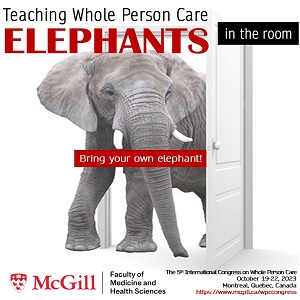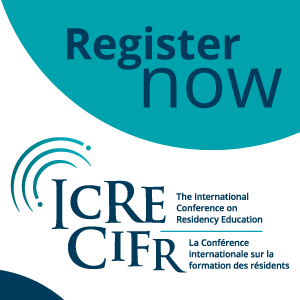Reducing physician voiding cystourethrogram ordering in children with first febrile urinary tract infection: evaluation of a purposefully sequenced educational intervention
DOI :
https://doi.org/10.36834/cmej.42943Mots-clés :
clinical practice guideline, knowledge translation, PRECEDE, stages of change, urinary tract infection, clinical pathwayRésumé
Background: Physicians often fail to implement clinical practice guidelines. Our aim was to evaluate whether a purposefully sequenced, multifaceted educational intervention would increase physician adherence to a guideline for voiding cystourethrogram (VCUG) use following first urinary tract infection (UTI) in young children.
Methods: Using a single centre, pretest-posttest design, we compared the proportion of guideline adherent VCUG orders and the VCUG ordering rate before and after three educational interventions (interactive lecture, clinical pathway, faxed reminder) selected and sequenced according to the PRECEDE (Predisposing, Reinforcing and Enabling Constructs in Educational Diagnosis and Evaluation) health promotion model.
Results: One hundred and nine physicians ordered 219 VCUGs for 219 children. Following the interventions, there was an increase in the monthly proportion of adherent VCUGs ordered by pediatricians (analysis of variance (ANOVA) F(2,29) = 3.38, p = .048) and non-pediatricians (ANOVA F(2,28) = 14.71, p < .001). Also, pediatricians decreased their monthly VCUG ordering rate (linear trend incidence rate ratio 0.74, 95% confidence interval (CI) [0.54, 0.99]). Pediatricians were more likely to adhere with the guideline than were non-pediatricians (odds ratio 2.91, 95% CI [1.5, 5.5]).
Conclusion: Exposure to purposefully sequenced educational interventions based on the PRECEDE model was associated with increased adherence to guideline recommendations.
Statistiques
Téléchargements
Fichiers supplémentaires
Publié-e
Comment citer
Numéro
Rubrique
Licence
La soumission d’un manuscrit original à la revue constitue une indication qu’il s’agit d’un travail original, qu’il n’a jamais été publié et qu’il n’est pas envisagé pour publication dans une autre revue. S’il est accepté, il sera publié en ligne et ne pourra l’être ailleurs sous la même forme, à des fins commerciales, dans quelque langue que ce soit, sans l’accord de l’éditeur.
La publication d’une recherche scientifique a pour but la diffusion de connaissances et, sous un régime sans but lucratif, ne profite financièrement ni à l’éditeur ni à l’auteur.
Les auteurs qui publient dans la Revue canadienne d’éducation médicale acceptent de publier leurs articles sous la licence Creative Commons Paternité - Pas d’utilisation commerciale, Pas de modification 4.0 Canada. Cette licence permet à quiconque de télécharger et de partager l’article à des fins non commerciales, à condition d’en attribuer le crédit aux auteurs. Pour plus de détails sur les droits que les auteurs accordent aux utilisateurs de leur travail, veuillez consulter le résumé de la licence et la licence complète.












